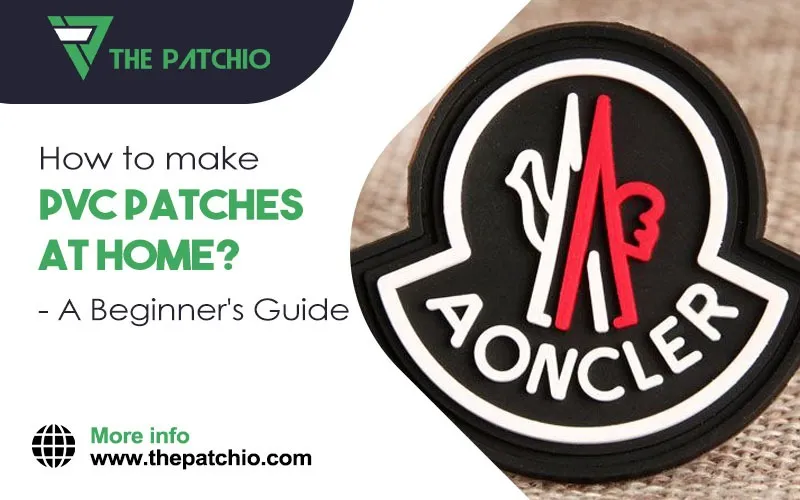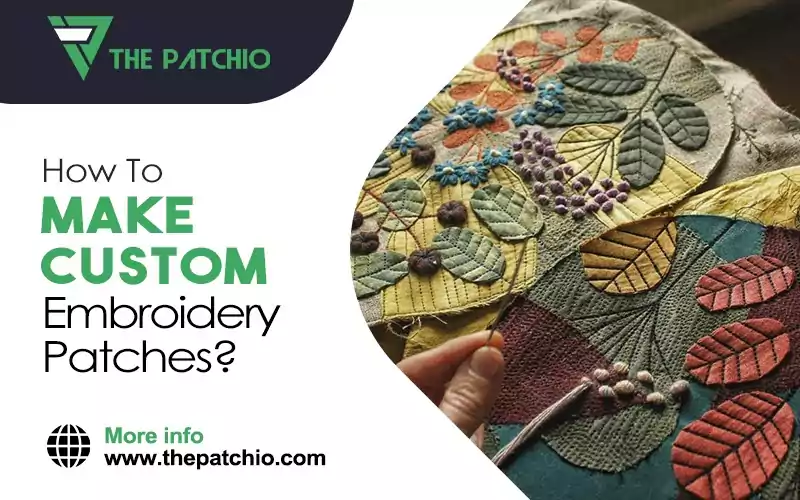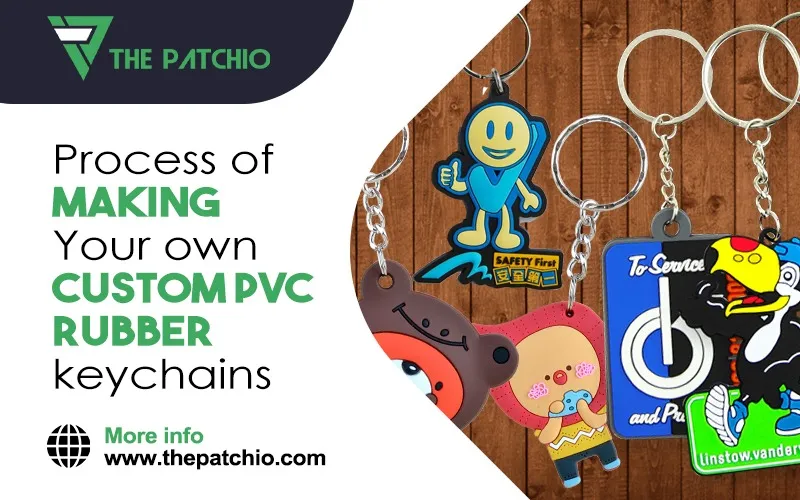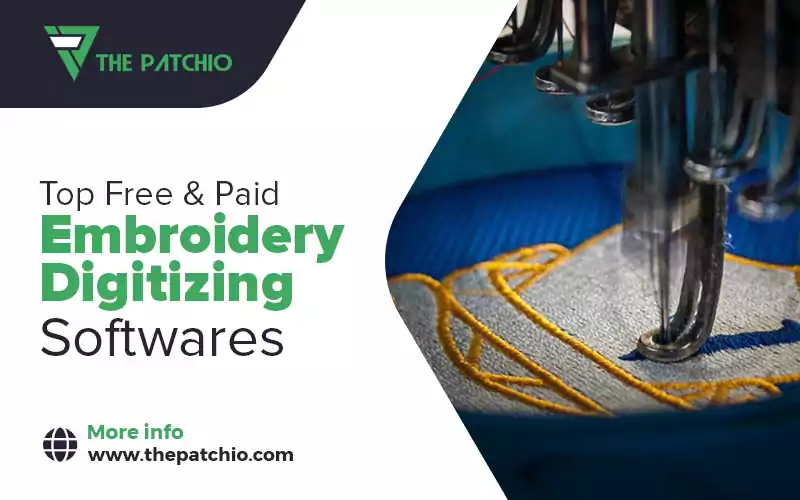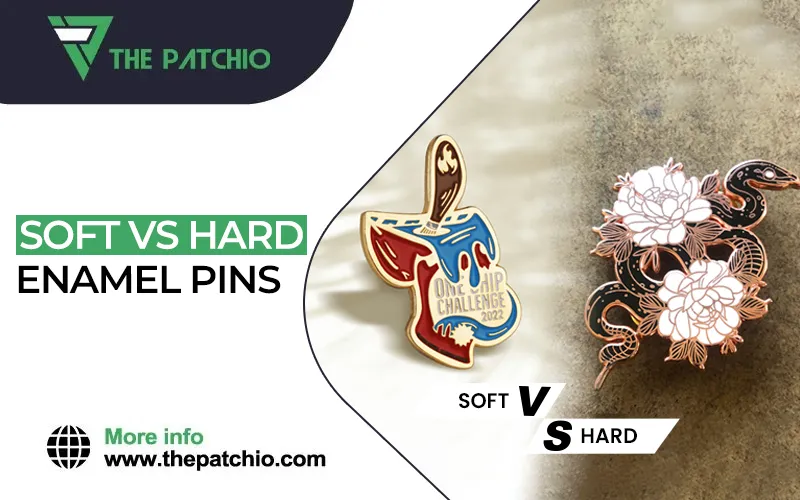
Custom enamel pins are a great way to express your personality, aspirations, culture, and interests, spread brand awareness, and uniquely promote your brand. Also, they help you to achieve insane detailing and unleash your creativity through lapel pins.
But, when people go out to create or order enamel pins, they get confused about soft vs. hard enamel pins. There is no need to worry anymore as this blog aims to clear your understanding of soft vs. hard enamel pins; we will tell you the difference in design, process, and details. Make sure you read the blog till the end.
What are Enamel Pins: A Quick Overview
Enamel pins are decorative lapel pins made on a metal base and filled with enamel coating. These pins help you achieve design detailing and color contrast, making them stand out. You can create your own customized enamel pins in various shapes and sizes.
Related Article: How to make enamel pins.
What is the Difference Between Soft vs Hard Enamel Pins
So, what is the main difference between soft and hard enamel pins? Is it major or minor? Let’s understand each of them, one by one.
What is a Soft Enamel Pin
Soft Enamel pins have raised metal edges and are filled with colored enamel to provide a textured finish. The raised edges can be felt by rubbing your fingers over the surface. Unlike hard enamel pins, the metal plating comes in the custom colors of your choice.
Benefits of Soft Enamel Pins
- Achieve more design details
- Requires minimum polishing as compared to hard enamel pins, making them cost-effective
- Due to minimal polishing, their production time is relatively quick
- Get customization options, including plating color options and enamel coating
- It provides versatility in usage, i.e., branding, promotion, employee recognition, etc.
Process of Making Soft Enamel Pins
The process of making soft enamel pins involves the following:
- Creating a customized digital design.
- Creating a mold based on the design.
- Stamping or engraving the mold onto the metal sheet (i.e., Iron, Brass, or Zinc alloy).
- Plating the metal base to create raised metal outlines that separate enamel color sections.
- Once the section is outlined then, these are filled with liquid enamel of different colors.
- After filling in the colors, the pins are baked to harden the enamel.
- Add epoxy coating for a smoother finish, including glow-in-the-dark enamel, glitter, or translucent enamel.
- Then, the backing option, which includes a butterfly clutch, magnetic clutch, and rubber clutch, is attached according to your preference.
Ideal For
- Budget-Friendly Merchandising
- Branding and Marketing
- Giveaways
- Community or local sports team badges
- Collectibles
What is a Hard Enamel Pin
Hard enamel pins are made by enameling recessed areas with enamel baked at high temperatures and buffed to a smooth finish. This produces a hard, shiny finish where the enamel is even with raised metal edges.
Unlike soft enamel pins, hard enamel pins have no textured surface and exposed metal plating, which is not dyed. These pins are famous for their sophisticated looks and scratch-resistant finish, making them ideal for high-end designs and long-lasting wear.
Benefits of Hard Enamel Pins
- They are more durable than soft enamel pins.
- They achieve a smoother finish and an elegant appearance due to their rigorous hand-polishing process.
- They are ideal for full-color designs.
- Their UV-resistant properties prevent fading.
Process of Making Hard Enamel Pins
The process of making a hard enamel pin involves the following:
- Creating a personalized digital artwork.
- Creating a mold from the design.
- Stamping or engraving the mold onto the metal sheet (i.e., Iron, Brass, or Zinc alloy).
- Plating the metal base creates raised metal lines that segment enamel color areas.
- Once the section has been formed, the recess areas are filled using hard enamel hues.
- Unlike soft enamel pins, the enamel is over-filled to offer a smooth surface to polish.
- The pins are oven-baked under high temperatures to cure and harden the enamel. The operation is repeated for each color.
- The excess enamel is filed flat to even the enamel with raised metal edges, leaving the pin with a silky, shiny surface.
Ideal For:
- Luxury Branding
- Corporate events
- Awards, commemoration, and recognition
- Long-term usage
Need Assistance? Contact Us Today
After reading the above blog, I hope you know the difference between soft and hard enamel pins in terms of process and usage purpose. Still, if you have any questions or queries that are not covered in this blog, then feel free to contact us. One of our representatives on call will guide you through the process and help you choose the right kind of enamel pins.






